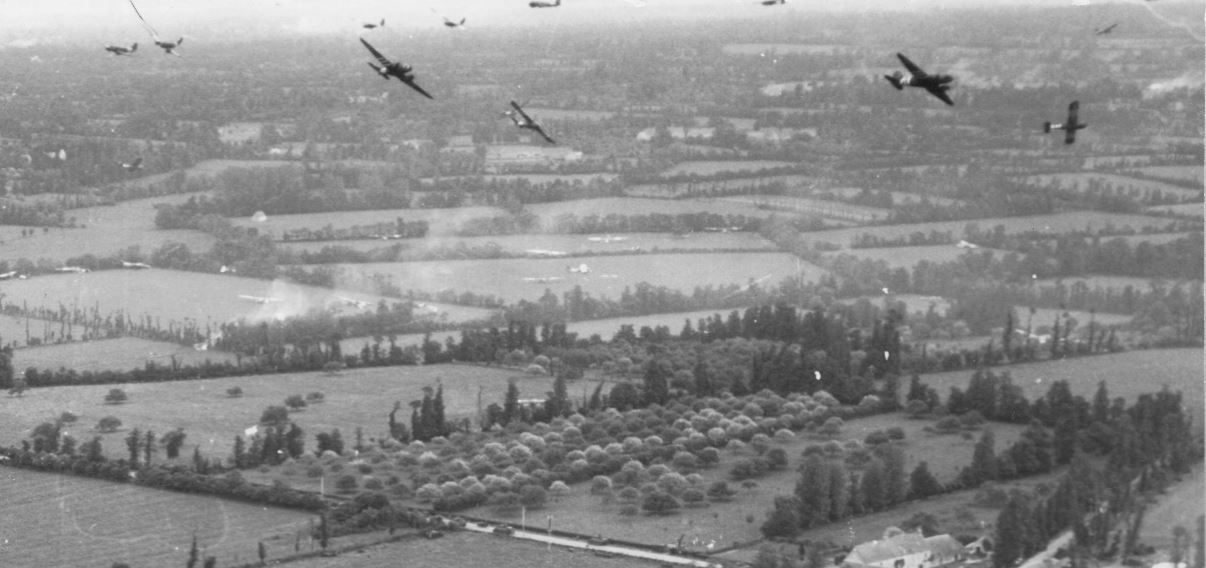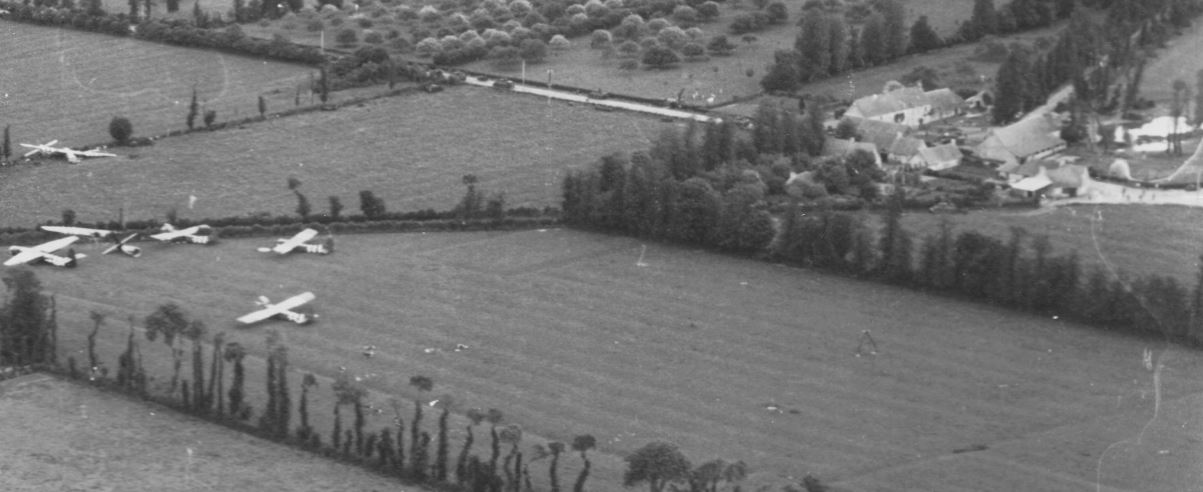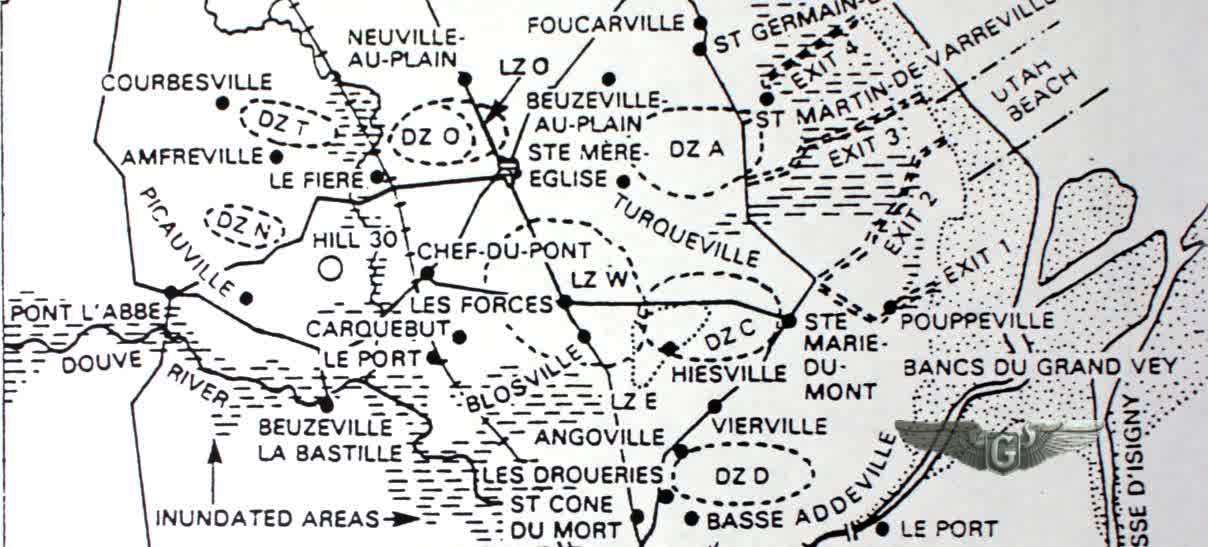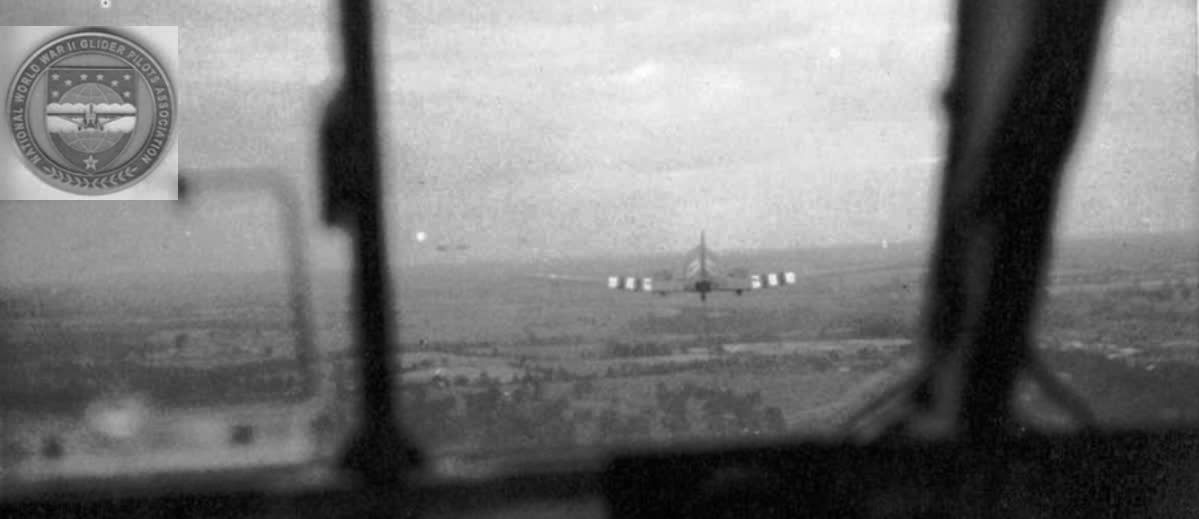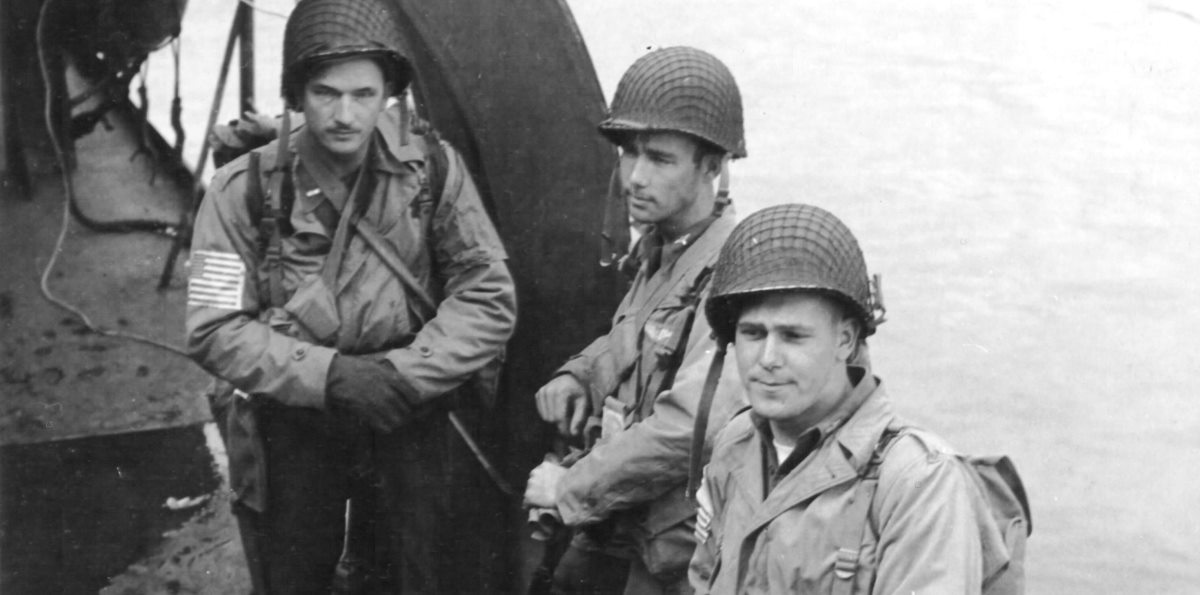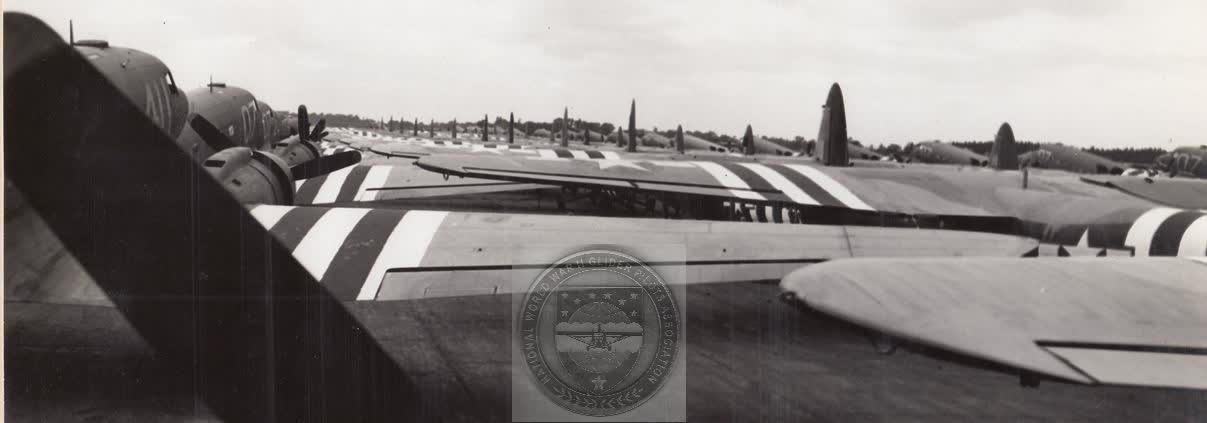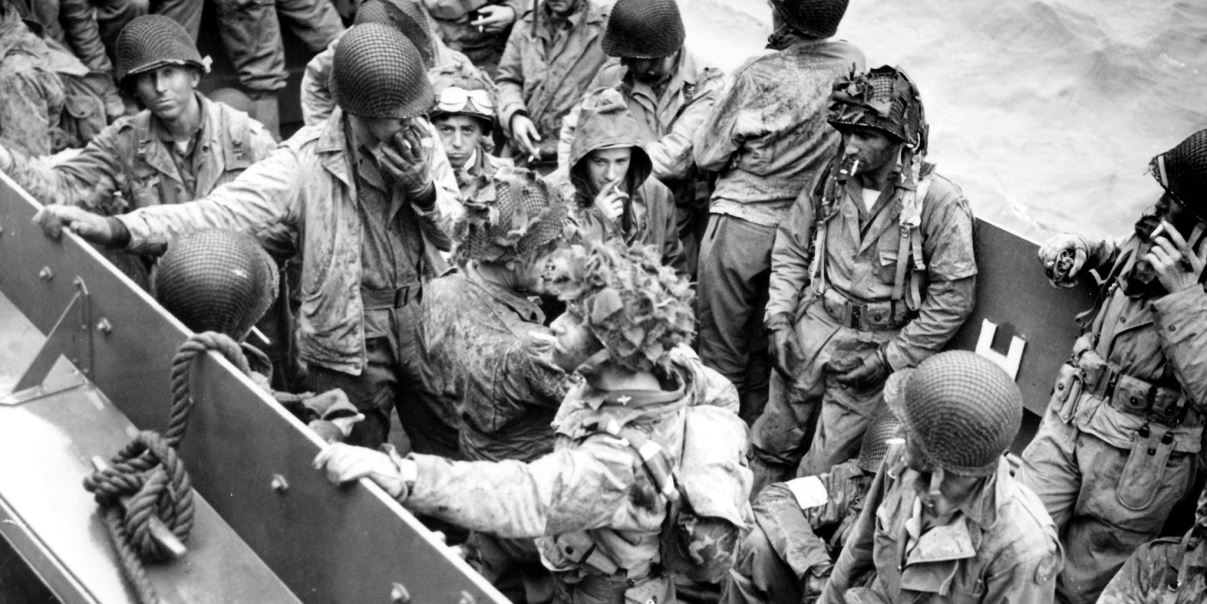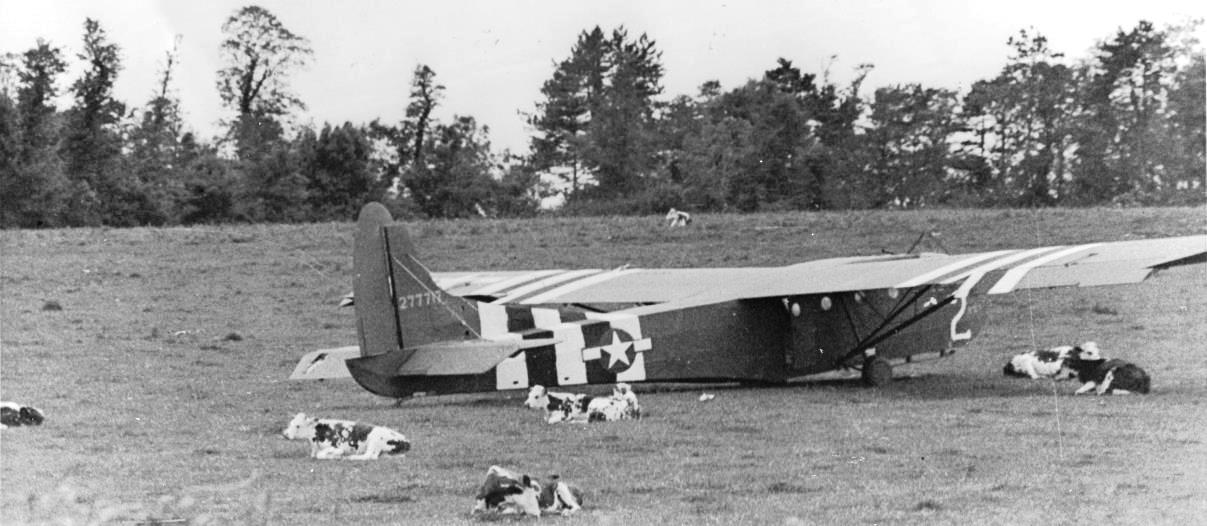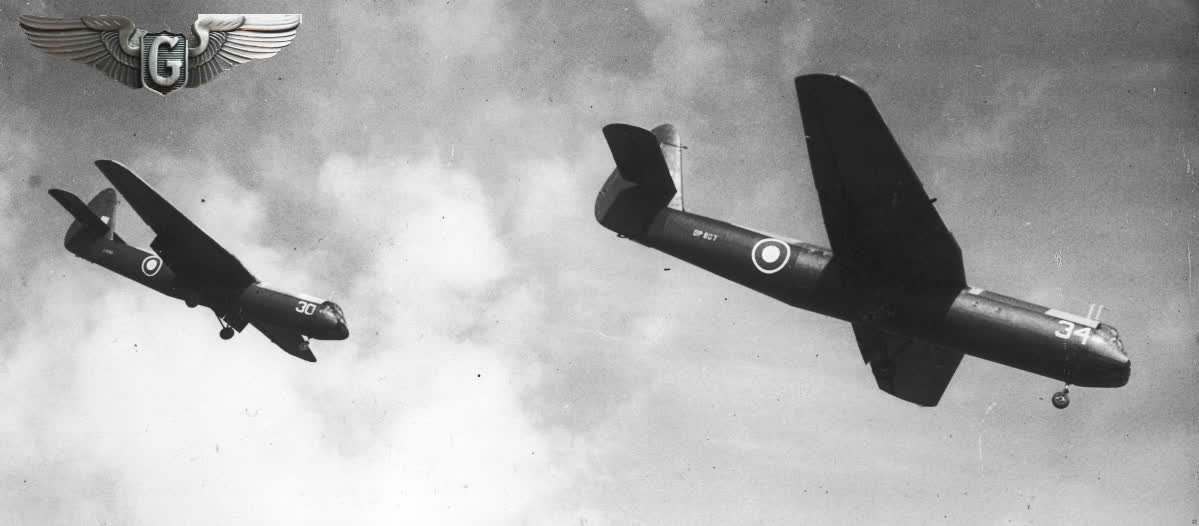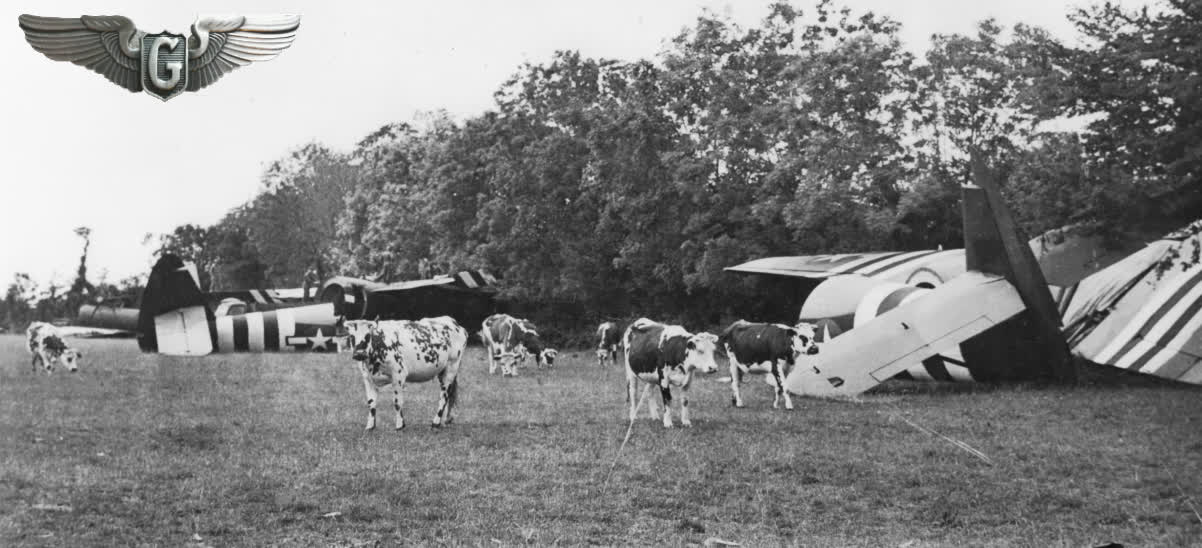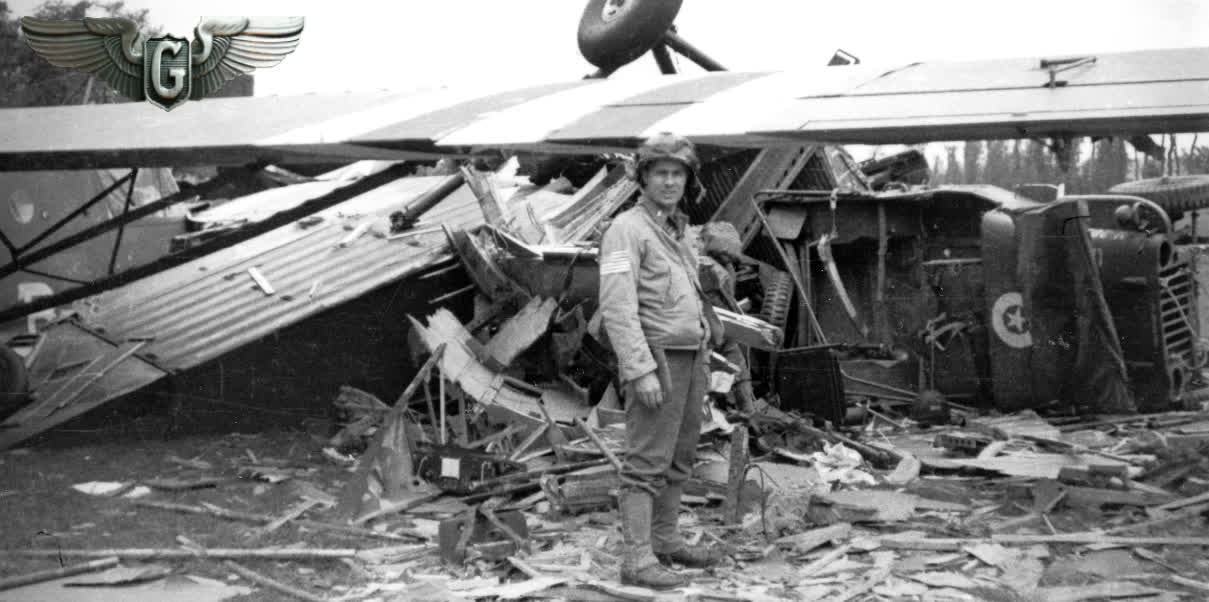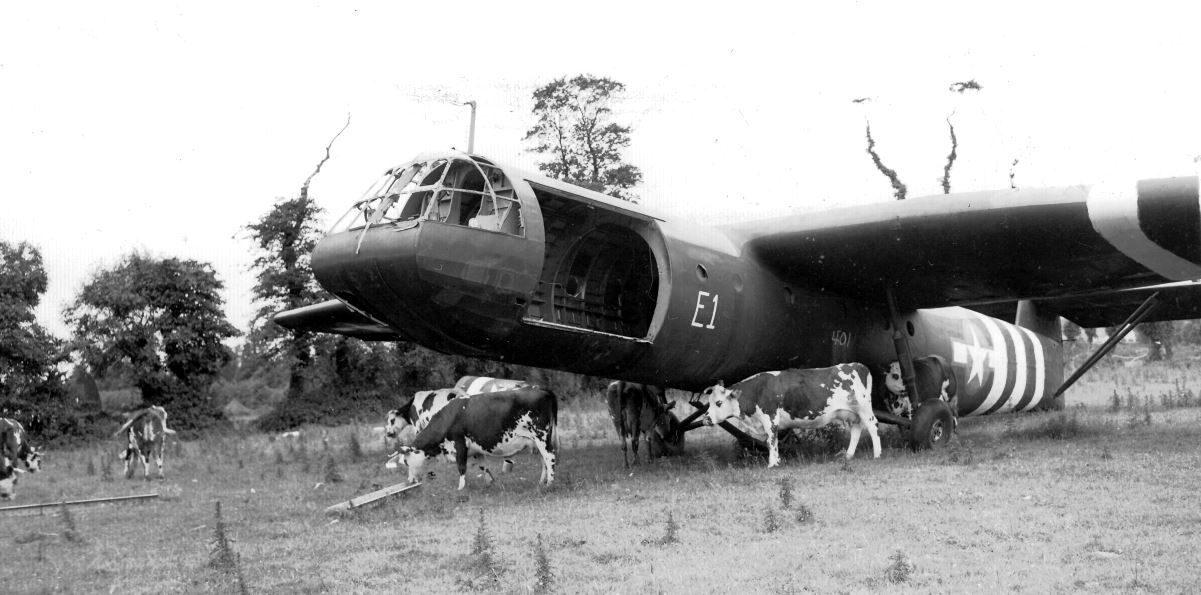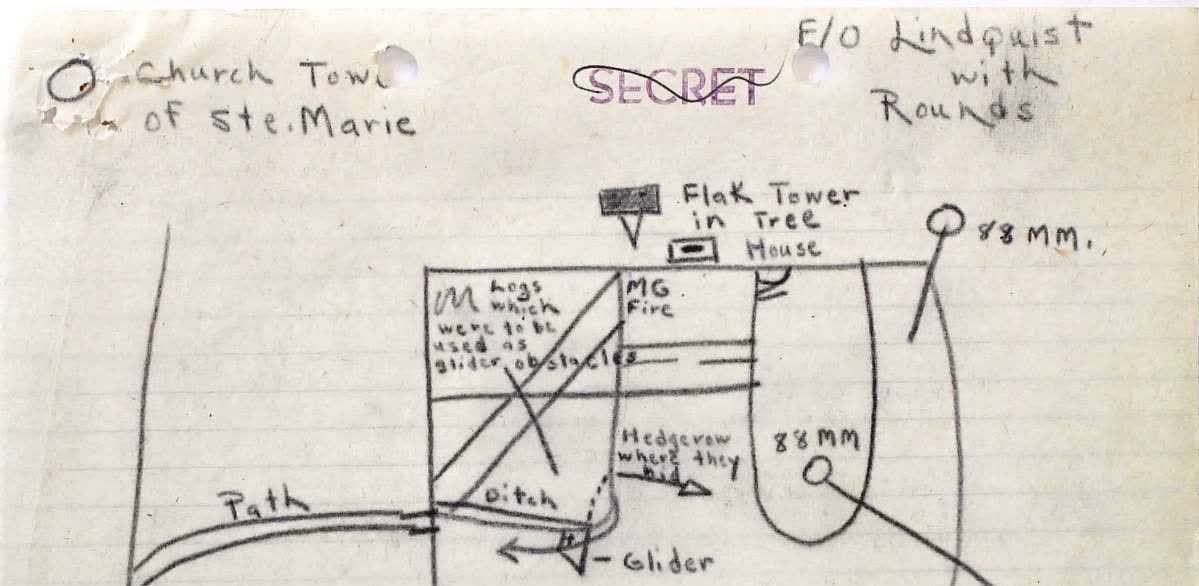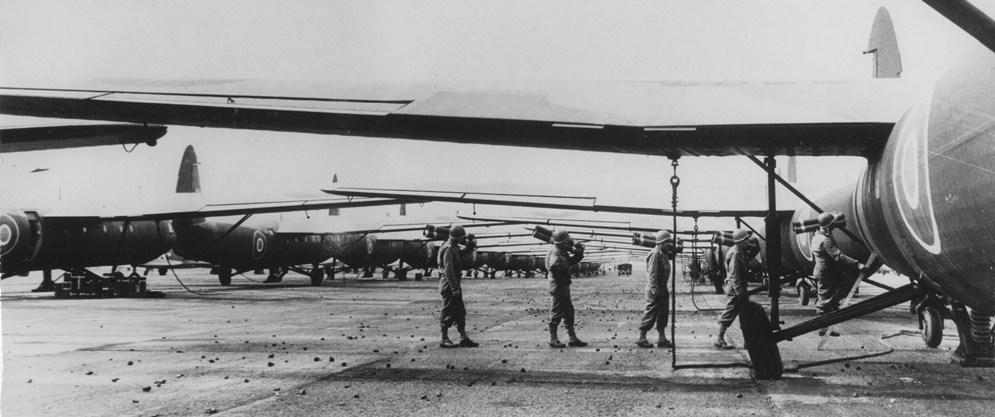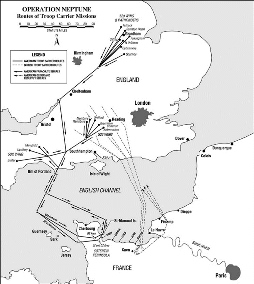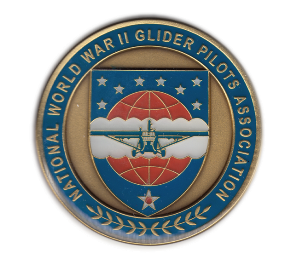National WWII Glider Pilots AssociationLegacy Organization of veterans National WWII Glider Pilots Association. Discover our History, Preserve our Legacy | ||
|
In the dark early morning of June 6, 1944 Lieutenant Colonel Michael C. Murphy, the highest ranking glider pilot to fly a glider into Normandy on D-Day landed his CG-4A glider named The Fighting Falcon at five seconds past 0400 (per Murphy’s watch). The 52 glider flight serial named Chicago was flown by 104 glider pilots from all four squadrons of the 434th Troop Carrier Group led by LTC Murphy carrying the only 101st Airborne Division glider troops to enter the battle via glider on that morning. Depending on which stories you have previously heard or read, the first part of this is pretty much the same. Brigadier General Don F. Pratt, Assistant Commander of the 101st Airborne Division was killed in this glider as was the co-pilot 2Lt. John M. Butler. LTC Murphy suffered leg and ankle fractures. BGen Pratt's aide, 1Lt John L. May, suffered a possible concussion, but otherwise was unhurt. 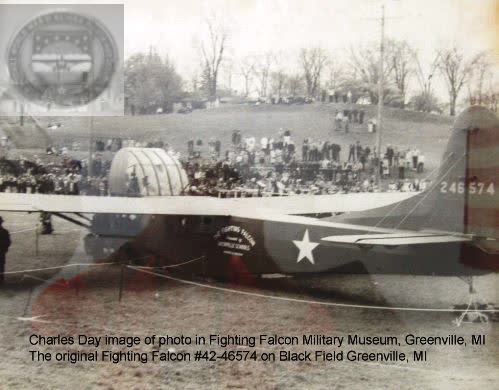
Figure 1 The Fighting Falcon CG-4A serial number 42-46574 (246574 on tail, Figure 1), was the 23rd glider built by the Gibson Refrigerator Company, Greenville, Michigan and was delivered to the Army late in May 1943. The grade school children of Greenville, Michigan sold war bonds in the first government approved War Bond Drive by private citizens with the intent to sell enough War Bonds to purchase one of Gibson’s gliders for the Army. In approximately six weeks these grade school children sold over $72,000.00 of War Bonds, enough to buy three and one-half Gibson built gliders (based on Gibson’s contracted average cost). The children decided to name the glider The Flying Falcon. A celebration of this financial success was planned and held on May 19, 1943. Glider #42-46574 had just been finished and the logo was painted on her sides. The glider was towed to Black Field, the Greenville High School football field. A Jeep containing soldiers was loaded into the glider ahead of time and the nose was closed. The show demonstration with fanfare and music by the Greenville High School Band culminated with the nose being raised automatically by the Jeep driving out of the glider. The soldiers in the Jeep quickly captured some enemy soldiers who one might say happened to be in the wrong place at the right time! The glider was taken back to the factory, disassembled and crated in its five shipping crates. It left Greenville two weeks later in transit to be shipped to England. 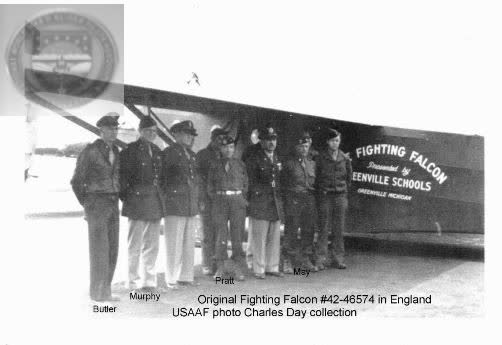
Figure 2 Wait a minute! The Figure 1 and Figure 2 images are The Fighting Falcon. Yes, although pretty much unknown, this was the first USAAF/USAF Fighting Falcon. An officer of the Gibson Refrigerator Company had decided the name Flying Falcon was not fierce enough and he had changed it to The Fighting Falcon. When the glider was uncrated in England, because of the logo, it was decided the glider would become the lead glider for the invasion of Normandy. Photographs were made of the glider with the glider mechanics who assembled her in England. Photographs of the glider Figures 2 and 3 were made in England with Troop Carrier and 101st A/B officers. BGen Pratt, 1Lt May, 2Lt Butler and LTC Murphy are in the above photo with other officers. There also is a photo of BGen Pratt stepping into the open port-side glider door. In advance of the Normandy invasion, it was known that the CG-4A glider could not be stopped quickly under certain conditions. The test results summary report for one of these conditions was dubbed by engineers at CCAAF and Wright Field as the Wet Alfalfa Field Tests. These tests were run at Clinton County Army Air Field (CCAAF) in an attempt to determine various distances required for stopping the glider when landing on wet, grassy fields and on newly plowed ground as well as on sand, mud and snow. The story is that these test results were sent to the Pentagon in an effort to obtain budget monies for developing stopping devices, but the Pentagon ignored the report and filed it away. 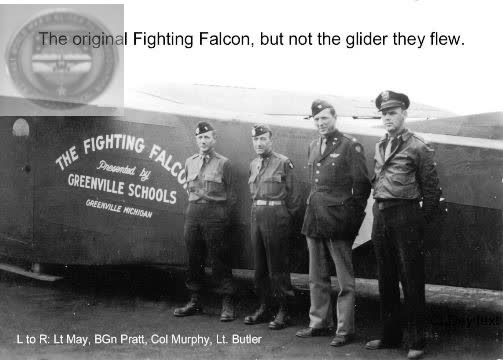
Figure 3 Richard DuPont, head of the Glider Branch under General Arnold, had previously tested a small deceleration chute to be deployed in flight to help the glider quickly lose altitude when landing and orders for the chutes were placed. Roger Griswold had developed the Griswold Nose for the CG-4A. This nose was a complete streamlined cockpit section with a streamlined, wrap-around windscreen with the tow release in the nose below the windscreen instead of above the windscreen. This nose was rejected by Wright Field because it was complicated to build, it was more costly, and it would have been difficult for the manufacturers to keep their production and deliveries up while incorporating this new cockpit design into their production facilities. However, an internal part of that nose was a curved, six leg, stamped steel, bolt together, protective cage out in front of the pilots. This bolt-on device became known as the Griswold Nose Protection Device (BOGN) and was originally used only with the Parker, single nose skid, Figure 4. Both the deceleration chute and BOGN devices were in short supply. It is estimated there were only approximately 400 each available for field installation in England before June 1944. LTC Murphy working at Bowman Field in Kentucky and at Laurinburg-Maxton in North Carolina was also in and out of CCAAF and was well aware of these two devices before he went to England on temporary duty. In England a decision was made that both the deceleration chute and the BOGN would not be installed on the same glider because there were so few of each. 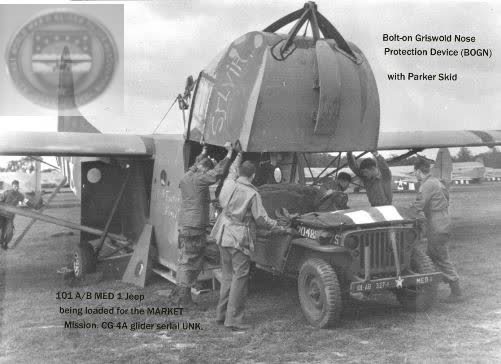
Figure 4 With respect for his cargo, LTC Murphy decided he would prefer a glider with the BOGN which the original Fighting Falcon did not have. The glider selected with the BOGN installed was serial #43-41430. This glider was accepted from its manufacturer by the Army on February 2, 1944. It left the United States on April 4, 1944 and arrived in England April 20, 1944. At this time all BOGN protection devices were field installed. The Fighting Falcon logo was duplicated on the sides of the substitute glider. There are notable differences in the logos on the two gliders. The original Greenville logo was as much as 1/2 again wider and perhaps 1/2 again taller, top to bottom than was the replacement glider logo. The original Fighting Falcon #42-46574 was moved to chalk number 45 in the Chicago serial and was piloted by Flight Officer Robert (NMI) Butler and co-pilot F/O Everard H. Hohmann, both assigned to 74th Troop Carrier Squadron of the 434th Troop Carrier Group. Landing in Normandy, using the new deceleration parachute, this glider hit some rough ground but otherwise landed safely without injury to personnel, cargo or glider. Strangely, no one seems to have removed the logo from this glider; at least it is not known to have shown up since 1944. Please notice the image (Figure 1) of the original Fighting Falcon carries only the U.S. star insignia because the glider was delivered before the USAAF added the bar on each side of the star. The glider also does not carry the 2 foot wide black and white Zebra stripes. These details would have been “field” painted on the glider before June 6, 1944. It is unlikely that you have seen the following images (Figures 5, 6, 7) of the replacement Fighting Falcon and from here on, information presented may be new and even contradictory to previous accounts you have read about The Fighting Falcon. 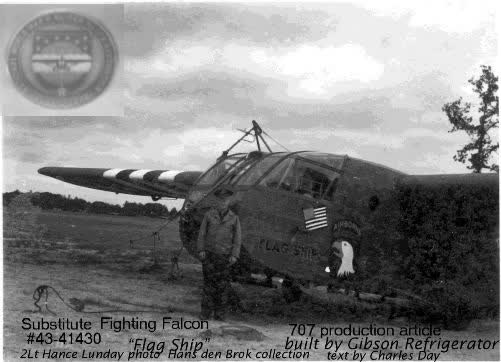
Figure 5 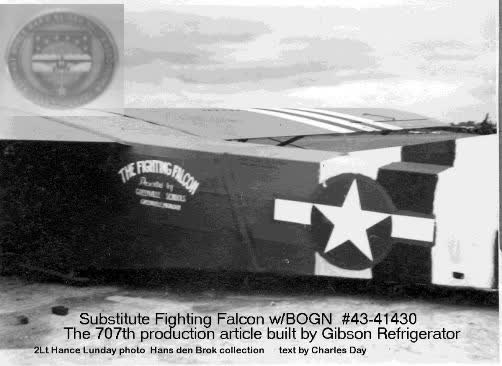
Figure 6 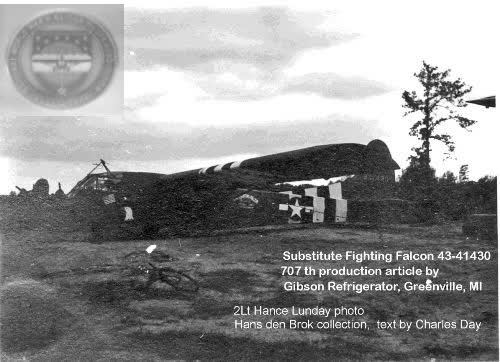
Figure 7 Keep in mind the glider did not arrive in England until after April 20. The five large crates containing the glider were up to 25 feet long and 11 feet high. They had to be off loaded from the Liberty ship and trucked to the glider construction and assembly area (Crookham Commons). The seven glider sections and parts had to be uncrated, then assembled. The BOGN could have been installed after assembly at either Crookham or Aldermaston. After assembly the glider would have been flown to Aldermaston, the departure point for the Normandy mission. Leon Spencer’s research states LTC Murphy selected the replacement glider on June 3 or 4. The Troop Carrier order for painting the Zebra (invasion) stripes on the gliders and C-47 tugs was executed on or just after June 2, 1944. Thus, the glider likely was Zebra striped before Murphy’s selection June 3 or 4 and the flags, the Screaming Eagle insignia, and the words Flag Ship were painted after Murphy’s selection date at Aldermaston. The 101st Airborne Division equipment carried in the Chicago serial consisted of several Jeeps, ¼ Ton trailers (ammunition, medical supplies and surgical equipment) and anti-tank guns. 101st A/B Division personnel carried were gun crews, four Third Auxillary Surgical Group surgeons, four Surgical Technicians and two 326 A/B Medical Company officers. This group was the first U.S. airborne surgical team to be inserted behind enemy lines to perform their surgical duties on the battlefield. In chalk #10 Maj Albert J. Crandall (in Command); in chalk #2 Capt Charles O. Van Gorder, Tec 4 Allen N. Ray, Tec 5 Ernest E. Burgess, Pvt Francis J. Muska; in chalk #4 Capt E. C. Yeary and Tec 5 Emil K. Natalle; in chalk #28 Capt. C. (NMI) Margulies; in chalk #34 Capt Saul (NMI) Dworkin; and in chalk #43 Capt John S. Rodda. This team was attached to the 326 A/B Medical Company of the 101st Airborne Division for both the Market and Bastogne missions. This team and the Medical Clearing Station were captured at Bastogne. LTC Murphy had instructed his glider pilots to cut off from their tug and land to every cardinal point of the compass in order that they all get onto the ground as quickly as possible. When LTC Murphy cut off, he had an unexpected tail wind up to 27 mph, his compass point was across the short width (approximately 800 feet) of the landing zone and the field was heavy, wet, grass. He dared not change his landing direction because of his orders to his pilots following him to land from all cardinal points of the compass. The result was the glider skidded the width of the field and slammed into the hedge row (tall mound of dirt and trees) moving at 50 mph (Murphy) to 72 mph (Van Gorder) or faster. With his seat belt fastened, BGen Pratt sitting in his seat in his Jeep, his helmet still strapped to his chin, died of a broken neck resulting from whiplash when the glider hit the hedgerow. This was determined by Capt Charles O. Van Gorder when he checked the body on June 6, 1944 at LTC Murphy’s request and was so stated in his June 6, 1956 letter to LTC Murphy. 1Lt May is said to have been sitting on the folding seat, portside, behind the Jeep and must have braced against the back of the Jeep. 2Lt Butler, flying in the co-pilot seat on the right, died of a head wound and mutilation when the glider nose was destroyed. LTC Murphy, flying in the pilot seat, suffered leg and ankle fractures. Held in by his seat belt, his left leg and upper body went through the fabric on the left side of the cockpit nose and his right leg was in the crumpled mass of steel tubing, wood framework and the BOGN nose protection device that had been in front of him. 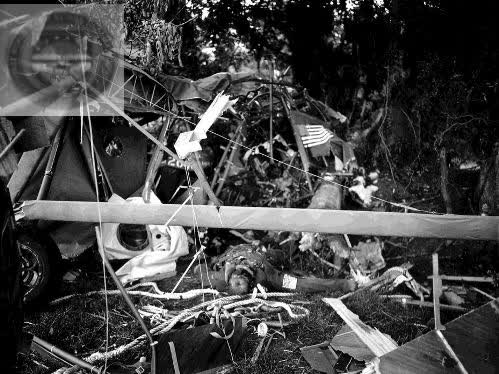
Figure 8 Figure 8 is a photo thought to be the starboard side of the replacement Fighting Falcon after it hit the hedgerow. The number on the hood of the Jeep is visible still inside the cargo section, the flag described by Cornelius Ryan in 1956 is visible on what is left of the cockpit fabric and 2Lt Butler’s body showing tree branch injury to his head. 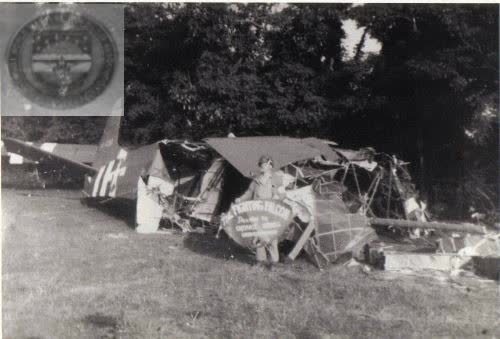
Figure 9 Figure 9 is the replacement glider, after being pulled from the hedgerow. Major Albert Crandall or Captain Willis McKee is holding the logo cut from the glider. The fabric containing the Fighting Falcon logo and the 101st Airborne Division Screaming Eagle insignia, Figure 10, were cut from the replacement glider and both made their way back to the States. Today, both can be found in the General Don F. Pratt Museum on Fort Campbell, Kentucky. The flag and words Flag Ship were likely destroyed when LTC Murphy was punched through the side of the cockpit. The Fighting Falcon Eagle fabric was donated by Emil Natalle. The Fighting Falcon logo is from the estate of Capt Willis McKee who jumped into Normandy assigned to the 326th Airborne Medical Company. 
Figure 10 The lead USAAF glider in the Normandy invasion, chalk #1, The Fighting Falcon, replacement glider #43-41430 was the 707th CG-4A built by the Gibson Refrigerator Co. Greenville, Michigan. After BGen Pratt’s death, the Pentagon released monies to the Glider Branch at Wright Field/CCAAF for further development of devices to stop the gliders under various landing surface conditions. 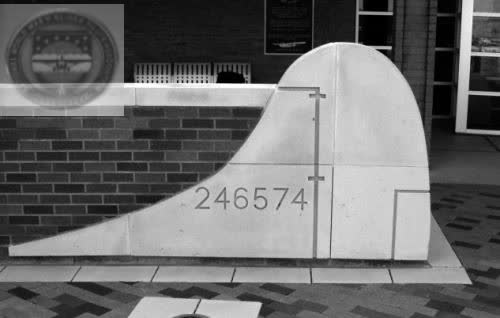
Figure 11 The original Fighting Falcon is acclaimed by two, cut stone, representations of the CG-4A vertical stabilizer, one on each side of the entrance to the Silent Wings Museum at Lubbock, Texas (Figure 11). Two additional artifacts taken from the gliders of the Chicago serial can be found in Texas and in Iowa. The chalk number from glider number 4 as shown in Figure 12 can be found in the Iowa Gold Star Museum in Johnstown, Iowa. This glider carried the Jeep for the medical trailer in chalk number two. T5 Emil Natalle was passenger in the glider and cut the #4 fabric and donated it to the Gold Star Museum. Figure 13 is photo of the star and bars cut from the chalk #2 glider in which Capt Van Gorder, T5 Burgess, T4 Ray and Pvt Muska rode along with the 1/4 Ton trailer loaded with medical supplies and surgical equipment. 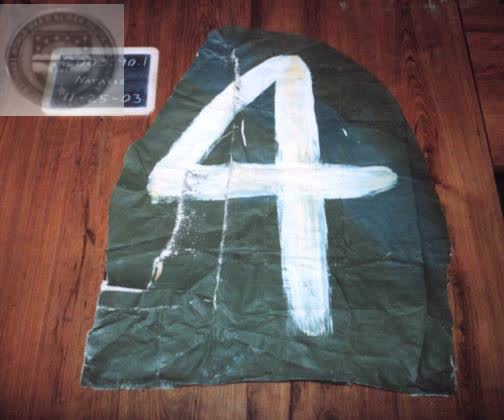
Figure 12 This fabric can be found in the Silent Wings Museum at Lubbock, Texas. It is framed, under glass, and displayed upside down (It is shown right side up in Figure 13). 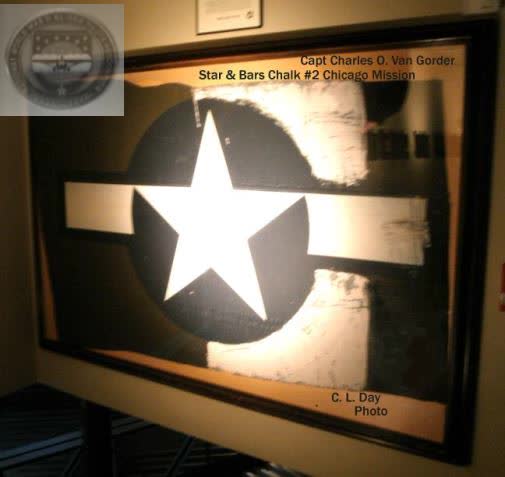
Figure 13 The fabric is displayed upside down because the text was written by Capt Van Gorder with the star inverted. The exhibit description states it was from a wing. That the left of the fabric is olive drab and the first white Zebra stripe is to the right indicates this piece was cut from the port (left) side of the fuselage. Had it been cut from the wing, the white stripe would not be visible because the stripes were well inboard of the wing star and bars. The text written on the star by Capt Van Gorder is shown in Figure 14. 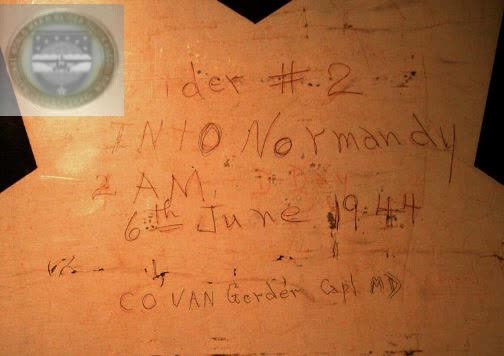
Figure 14 It should be noted that there were several other surgeons and medical officers such as Capt Mc Kee who jumped in on June 6 and joined up with the others at the Chateau Colombiere. These men also were captured at Bastogne. ________________________Charles L. Day is the author of Silent Ones WWII Invasion Glider Test and Experiment Clinton County Army Air Field Wilmington Ohio and National Secretary of The National World War II Glider Pilots Association, Inc. Photos of the replacement Fighting Falcon, Figures 5, 6, and 7 are courtesy of Hans den Brok who is a USAAF Troop Carrier historian and author of Wings of Freedom –Troop Carrier Losses in Market-Garden and the Role of the Underground Movement. Hans also runs a web site www.airbornetroopcarrier.com. Figure 10 image of The Fighting Falcon logo fabric and 101st A/B Screaming Eagle insignia fabric are courtesy of The Don F. Pratt Memorial Museum Fort Campbell Kentucky, as is the 101st A/B Med 1 Jeep BOGN image, Figure 4. Figure 12 of chalk #4 is from Iowa Gold Star Museum in Johnstown, Iowa. Other photos are USAAF photos or personal photos from Charles L. Day collection. References:Verbal history by Capt Burt Rishel, Glider Branch engineer at Wright Field; copies of 1944, 1956 and 1957 letters by Dr. Albert J. Crandall, Mr. Michael C. Murphy, Dr. Charles O. Van Gorder courtesy of the Silent Wings Museum Lubbock Texas and (Major) Leon Spencer WWII glider pilot/historian; Bill Delp–Fighting Falcon Military Museum Greenville, MI; Aircraft ID Card for CG-4A #43-41430; Zebra stripe from unit history of 49 Troop Carrier Squadron of the 313 Troop Carrier Group; 2006 “round-table” email between Capt James Page, Messrs John Obrien, John Foley, Daniel Peterson, Mark Bando, Dave Berry, Charles L. Day and WWII glider pilot (Major) Leon Spencer. |
|
Mission Chicago 6 June 1944 SERIAL 27 |
Mission Detroit 6 June 1944 SERIAL 28 |
Mission Hackensack 7 June 1944 |
11 Serials - 514 gliders
et Patrick Elie
Preparing for the Elmira Mission, Greenham Common.
Neptune Operation air assault route from England.
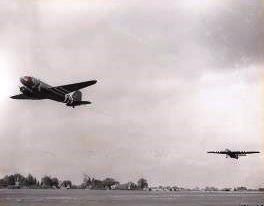
A C-47 and Horsa combination takes off from Greenham Common as part of the Elmira mission. The C-47 pictured here would later crash on a glider mission to Holland.
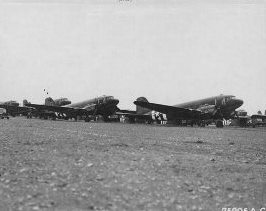
Tow planes and gliders of the 439th Troop Carrier Group are lines up on the runway before the Hackensack mission.
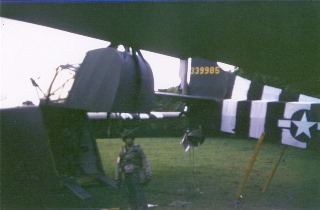
Two gliders of the very first mission in the Normandy fields.

